50 Fabulous 4th of July Facts: History of Independence
History of Independence

In this first of five features, to publish each day through July 4, LiveScience presents 10 important, obscure and fascinating facts about America's most patriotic holiday.
Declaration of Independence

The Declaration of Independence, signed in 1776, was meant to justify a revolt against the British, with a list of charges against the British king. [Read: How the Declaration of Independence Changed the World]
Declaration Adoption
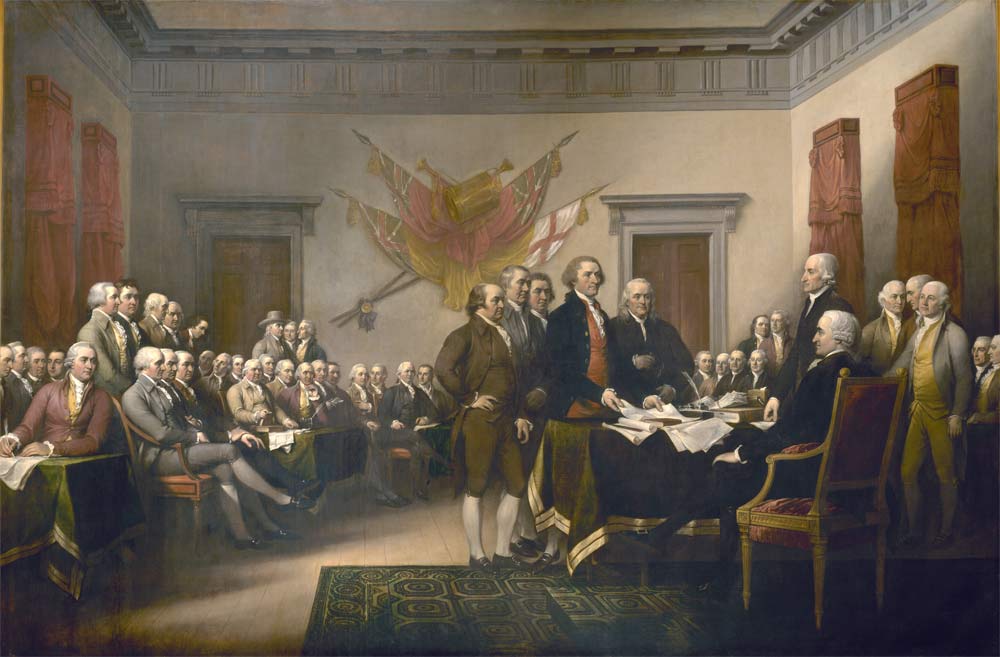
The Fourth of July commemorates the adoption of the Declaration of Independence. It was initially adopted by Congress on July 2, 1776, but then it was revised and the final version was adopted two days later.
Heavy Edits
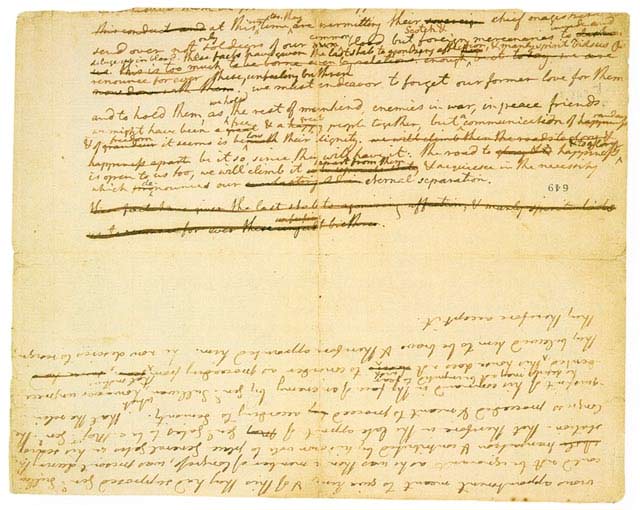
As Thomas Jefferson penned the Declaration, Britain's army was on its way toward to New York Harbor. It began:
"When in the course of human events, it becomes necessary for one people to dissolve the political bands which have connected them with another, and to assume among the powers of the earth, the separate and equal station to which the Laws of Nature and of Nature's God entitle them, a decent respect to the opinions of mankind requires that they should declare the causes which impel them to the separation."
(Shown above, the only fragment of the earliest draft of the Declaration, revealing Jefferson’s heavy edits.)
All-Out War
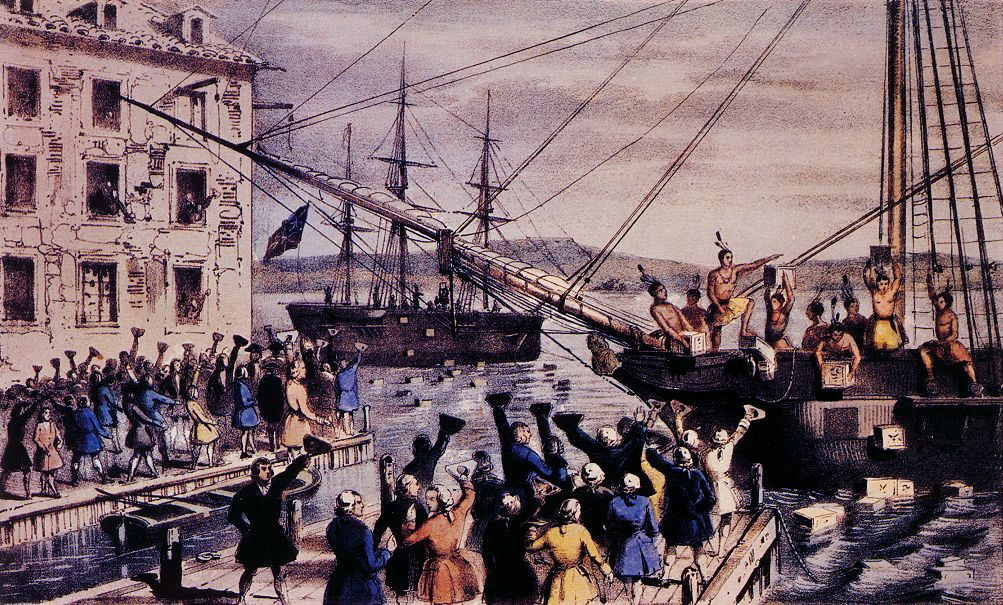
The Declaration of Independence was signed by 56 men representing the 13 colonies. The moment marked the beginning of all-out war against the British. The American Revolutionary War is said to have started in 1775, however. The Declaration was signed more than two years after Boston officials refused to return three shiploads of taxed tea to Britain, fueling colonists to dump the tea into the harbor in what became the infamous Boston Tea Party.
Get the world’s most fascinating discoveries delivered straight to your inbox.
(Shown above, the iconic 1846 lithograph by Nathaniel Currier entitled "The Destruction of Tea at Boston Harbor.")
Independence Spreads

Several countries used the Declaration of Independence as a beacon in their own struggles for freedom. Among them, France. Then later, Greece, Poland, Russia and many countries in South America.
Dandy Songs

"Yankee Doodle," one of many patriotic songs in the United States, was originally sung prior to the Revolution by British military officers who mocked the unorganized and buckskin-wearing “Yankees” with whom they fought during the French and Indian War. [Read: The Origins of Famous Patriotic Songs]
Star Spangled Banner
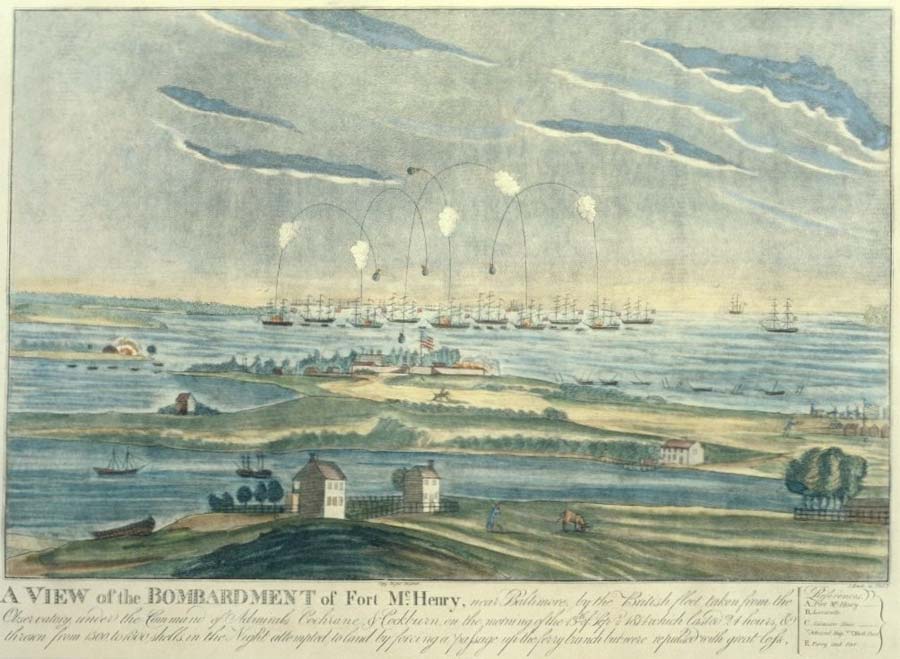
The "Star Spangled Banner" wasn't written until Francis Scott Key wrote a poem stemming from observations in 1814, when the British relentlessly attacked Baltimore's Fort McHenry during the War of 1812. It was later put to music, though not decreed the official national anthem of the United States until 1931.
(Shown here, an artist's rendering of the battle at Fort McHenry during the War of 1812.)
Day of Death
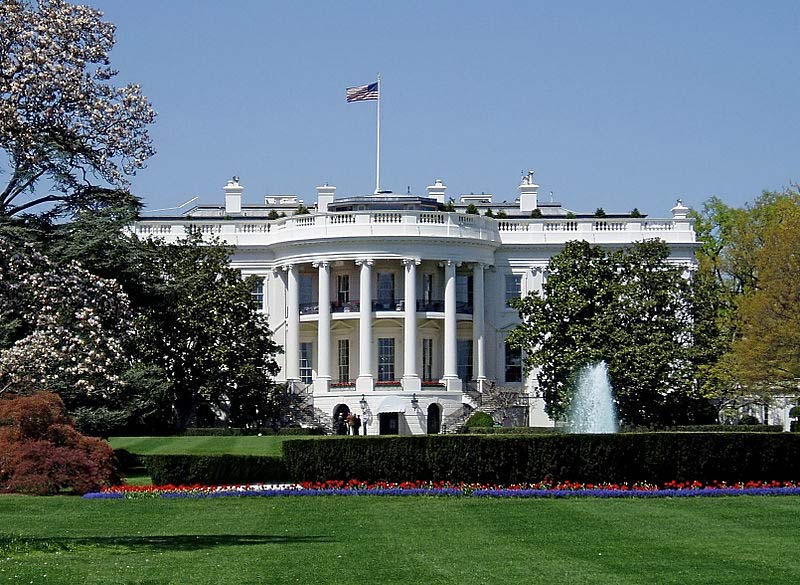
Three U.S. presidents actually died on July 4. Two of them passed away within hours of each other on July 4, 1826: John Adams and Thomas Jefferson. The two had been political rivals and then friends later in life. The other to share the distinction was James Monroe, who died July 4, 1831. [Read: Top 10 Ailing Presidents]
All Grown Up

Oh how we’ve grown: In 1776, about 2.5 million people lived in the newly independent United States, according to the U.S. Censure Bureau. In 2011, 311.7 million Americans will celebrate Independence Day.
Fresh Off the Press!
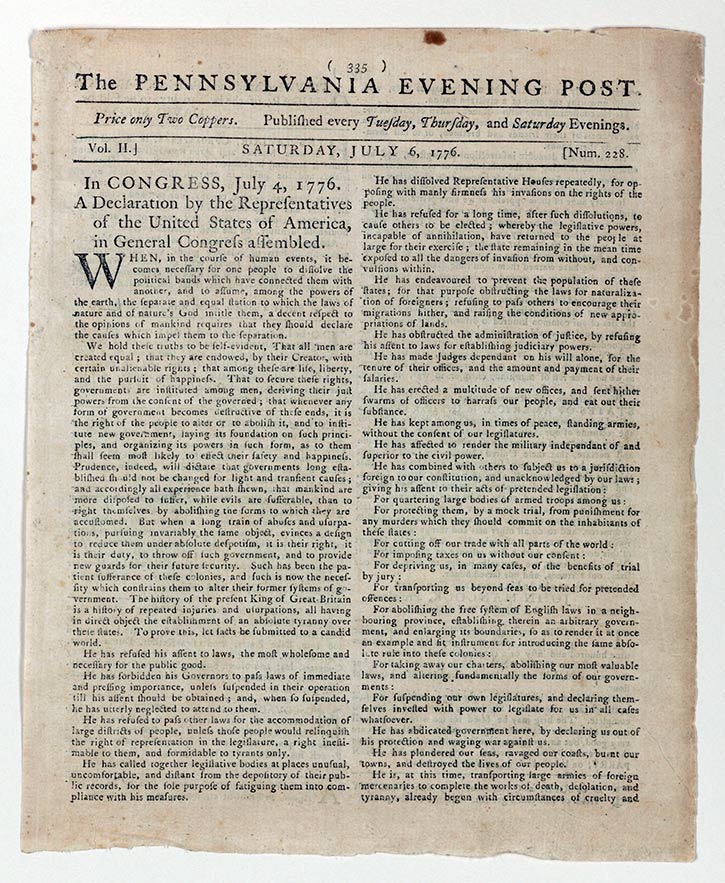
On July 6, 1776, the Pennsylvania Evening Post became the first newspaper to print the now-historic Declaration of Independence.



